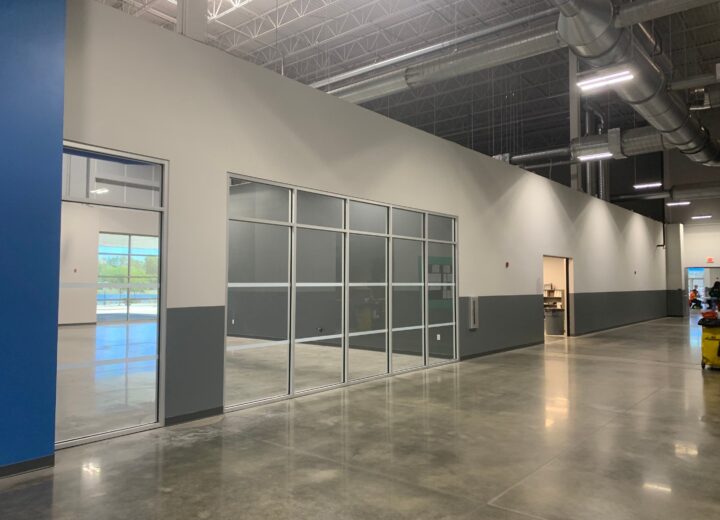
Have you ever coated a surface and it hadn’t turned out correctly? Maybe you are planning on a coating project and you want to make sure that you get the job done right the first time, as it can be time-consuming when you have to remove it due to error.
What is ‘Coating Failure’?
Coating failure is when the bond connecting the coating to your substrate is either reduced or does not work at all. You can tell coating failure happened when you see damage to your substrate any time from the time of application, to days or months after. When able, it is best to know the history of your surface, as it will help you understand what will need to be done to reduce the possibility of failure.
Reasons for Coating Failure
There are many reasons why your application or coating can fail. They include:
- Improper Cleaning – This step is exceedingly important, as it prepares your surface for the coating to attach itself to. This can be done by choosing the correct type of media blasting. Remember, even if there is a small amount of surface that has not been appropriately cleaned, coating failure can occur. There are many different kinds of abrasive varieties, and you will need to know which one is the best for your project. Abrasives help produce an anchor form for the coating to adhere to. If you take the required time to clean the surface properly, and make sure that there are not any residual abrasives or solvents, it can make a huge difference to your finished product.
- Not Having the Correct Coating – If the wrong manner of the coating is used, it can break down on your surface shortly after application. It is critical that you pick a coating that can tackle the elements that it will be exposed to.
- Applying in Improper Weather or Temperature – When painting, there are times that you might be tempted to put on the coating despite what the manufacturer states, so that you can get the job completed quickly. By putting on a coating when it is wet or too cold, it can lead to problems with adhesion. You will also need to make sure that the substrate is at a correct temperature as well, especially if you are working with metals.
- Improper Application – When the coating is not applied to the surface in the manner that is specified by the manufacturer, it can end up being too thick, too thin, or uneven throughout your surface. The proper equipment is crucial when applying your coating.
- Insufficient Drying Time – Depending on the kind of coating that you choose for your project, you will need to make sure that you allow sufficient time for it to dry. If it is not allowed to cure correctly, it can cause cratering and other aesthetic issues.
- Delamination – This happens when the surface is not prepared correctly, or is due to a corruption buildup between a previous layer(s) and the new layer. It can also happen if you wait too long to recoat the surface, and in some cases when the coating is put on a glossy exterior.
- Dwindling Color – Some of the reasons for this to happen include; inadequate pigment, using unstable organic dyes, the surface is too absorbent, or climatic corruption.
- Coating Thickness – If the coating is not at its required thickness, it cannot give you the protection needed to sustain your surface. By making sure that you follow the manufacturer’s instructions for the depth required, you can make sure that the substrate is preserved correctly.
As you can see, many different things can go wrong when the proper steps are not taken while applying your coating. From start to finish, you have to make sure that you have everything done right. If you can do the job correctly the first time, you can save yourself the headache of starting your project over again.
If you are unsure on how to deal with a coating problem, you can reach out to a painting professional.






